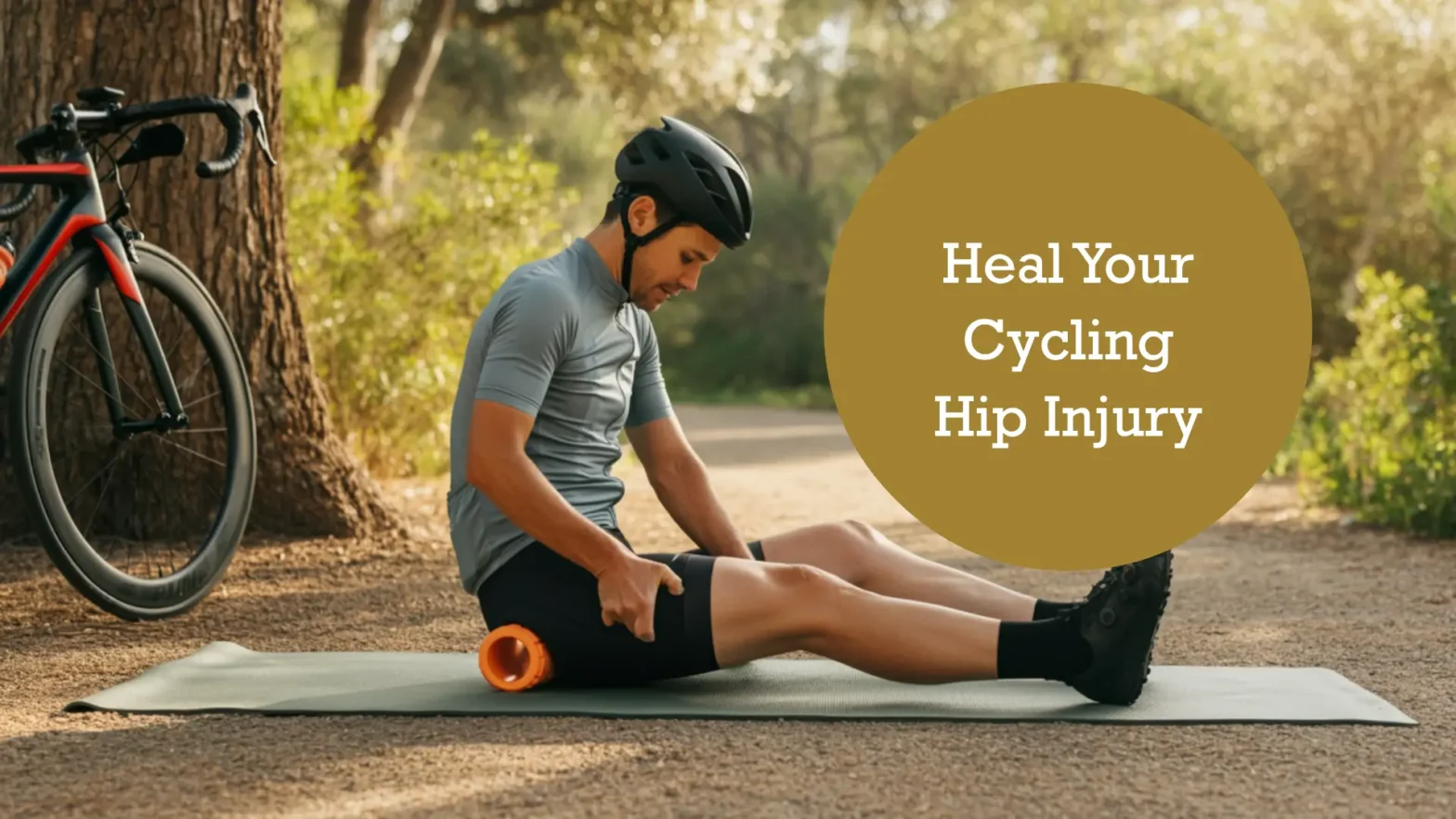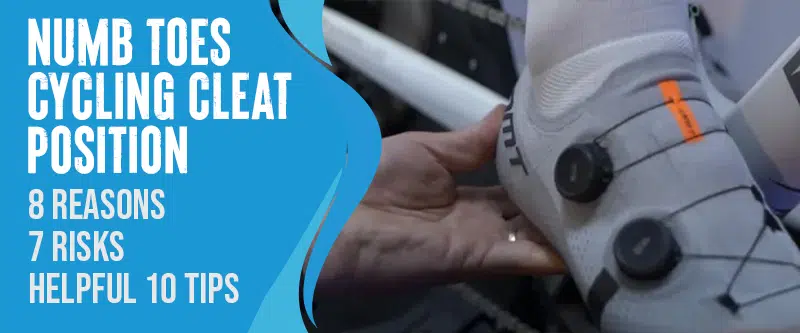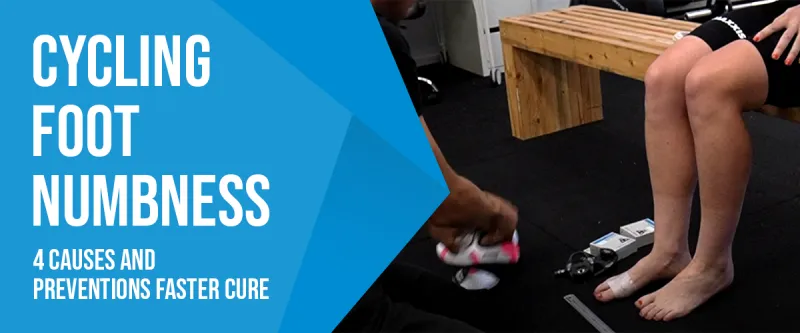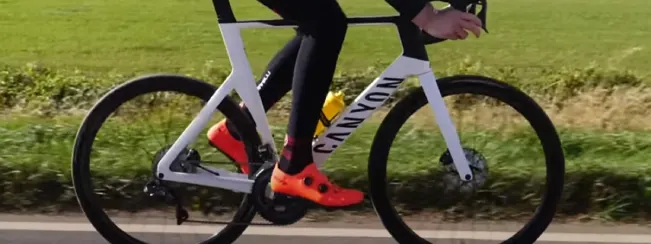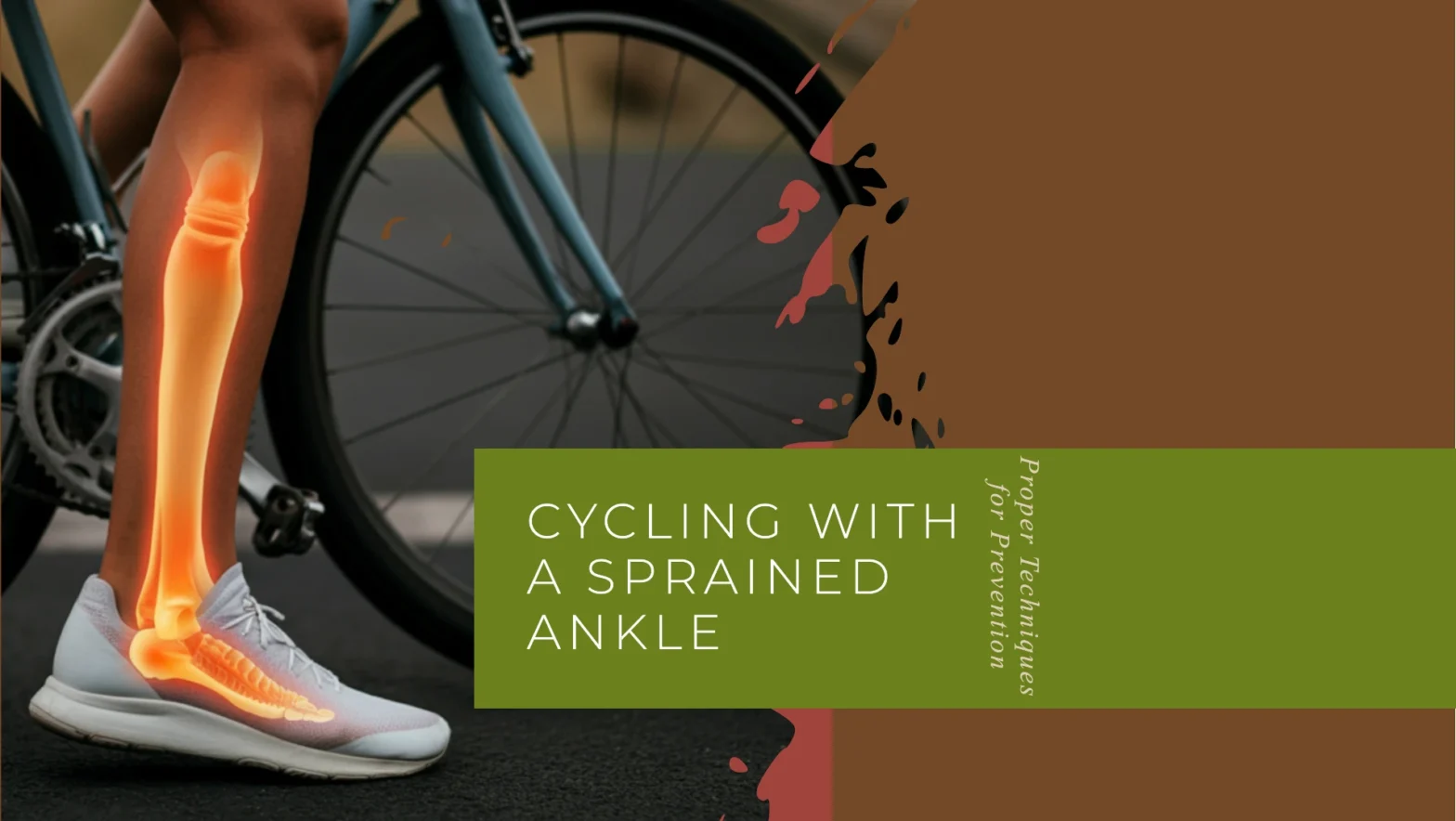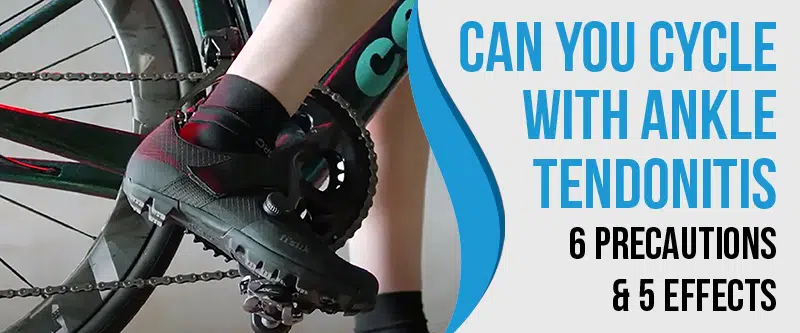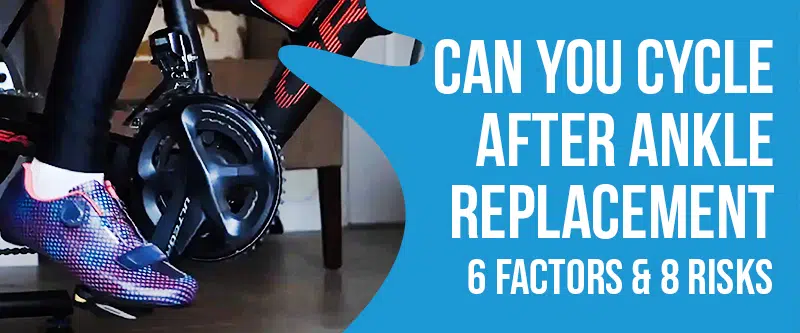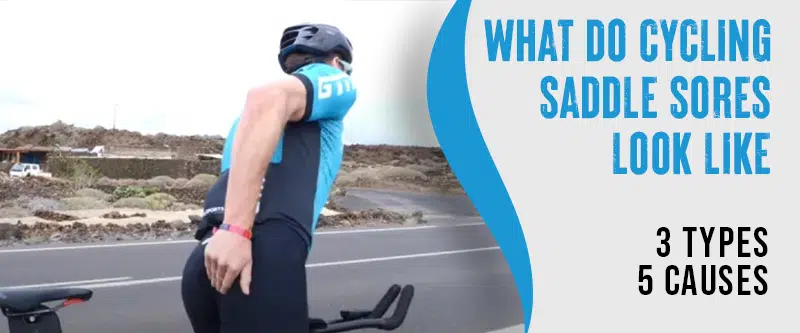The two most common hip injuries are piriformis syndrome and bursitis. A small muscle called the piriformis rotates the leg outward. Over-training, pushing excessive gears, and muscular imbalance are the leading causes of cycling hip injuries. Regular massage or foam rolling can maintain the gluteal and hip muscles. Bursitis is an inflammatory injury that usually… Continue reading Cycling Hip Injury: 4 Factors & 7 Treatments
Cycling Hip Injury: 4 Factors & 7 Treatments
